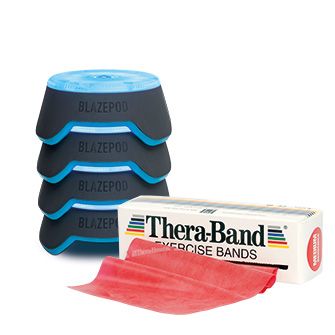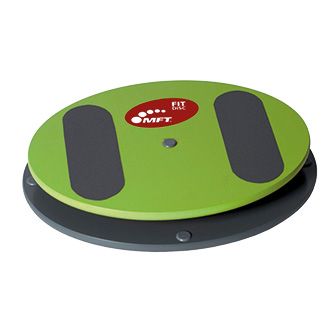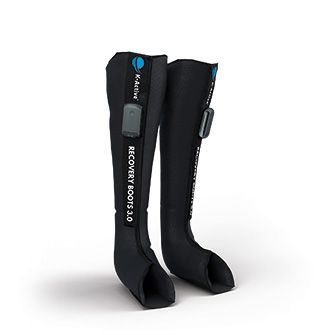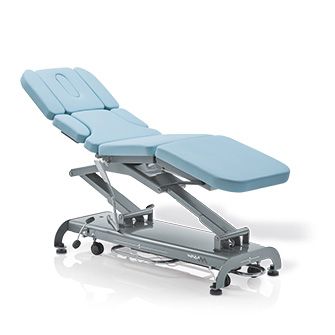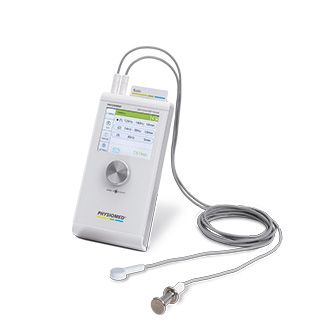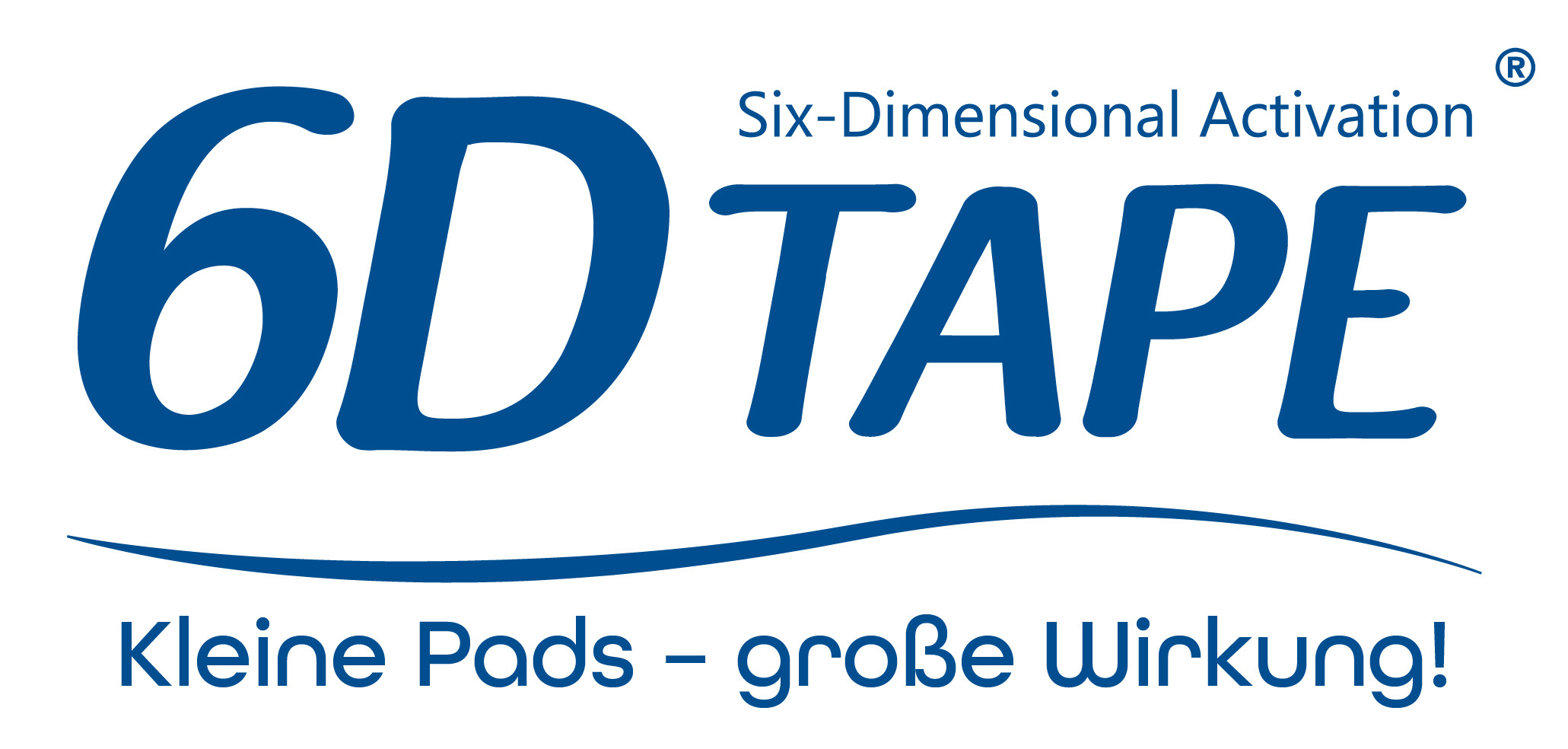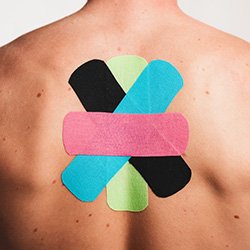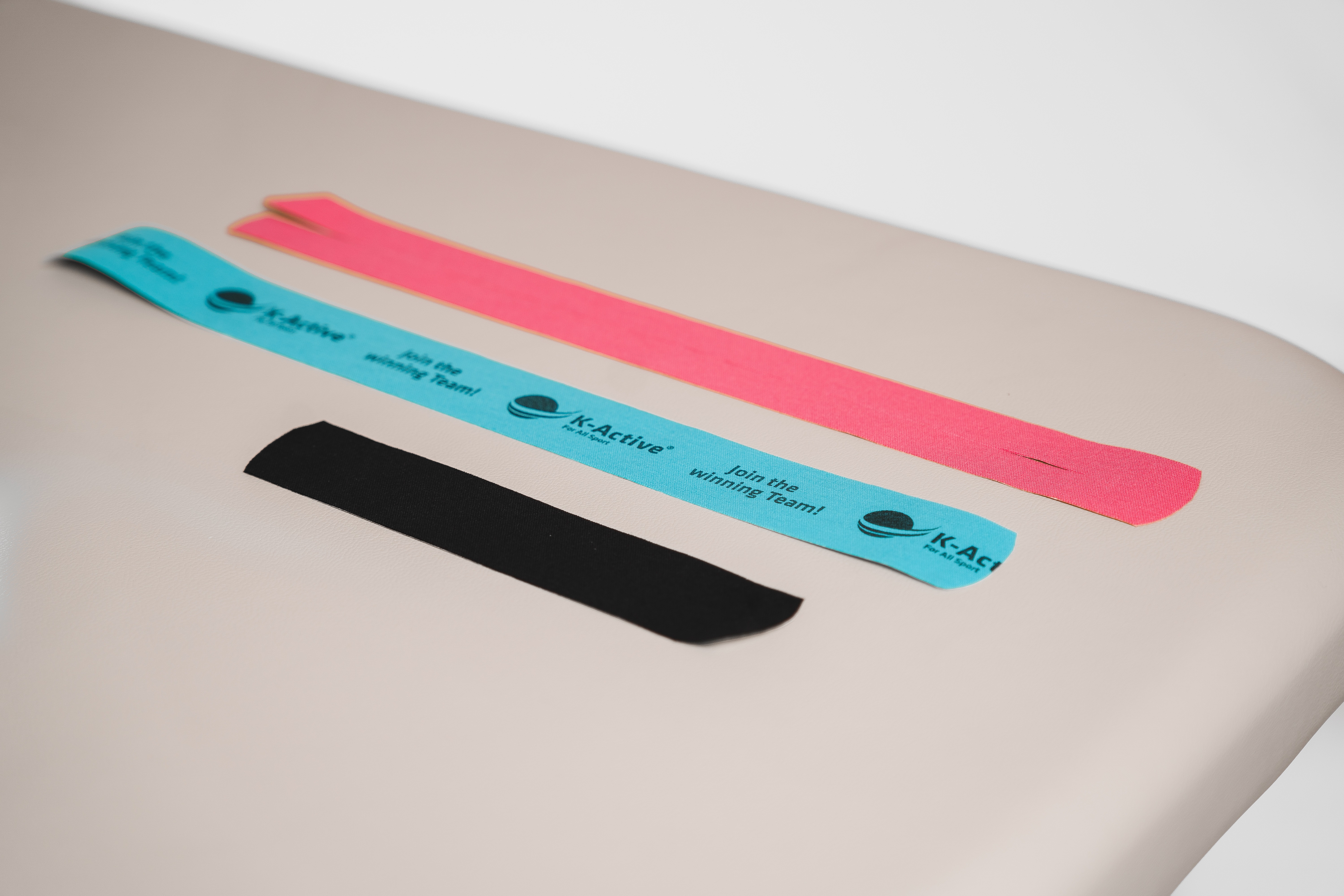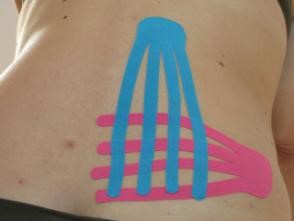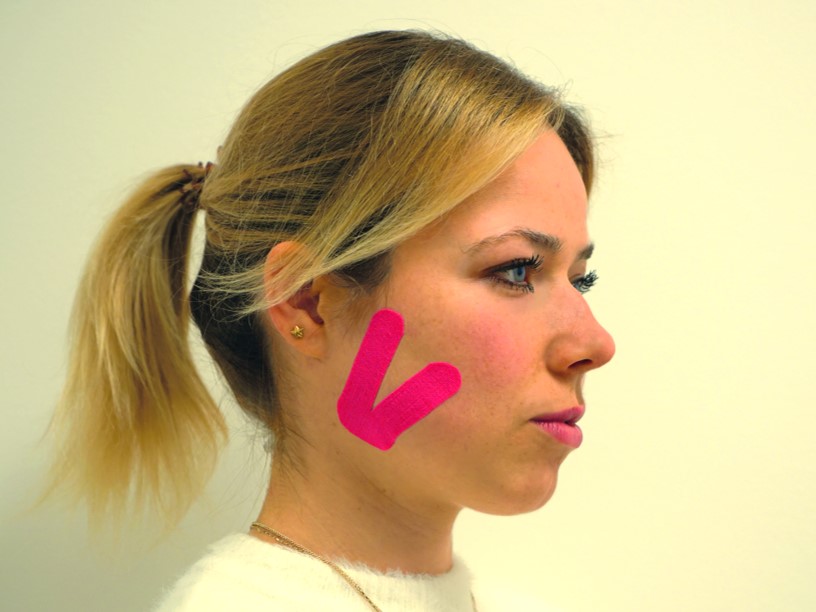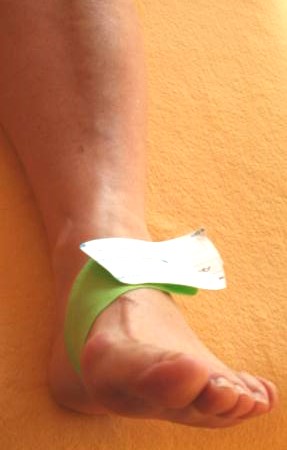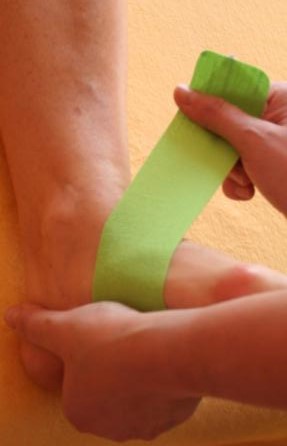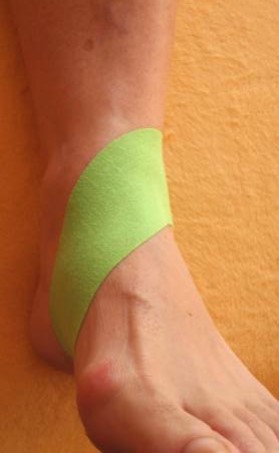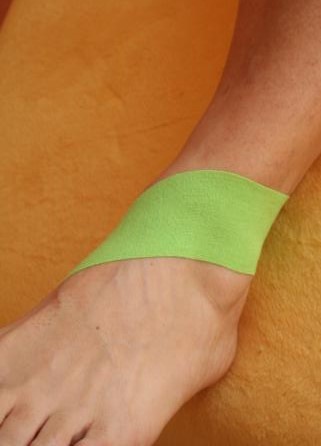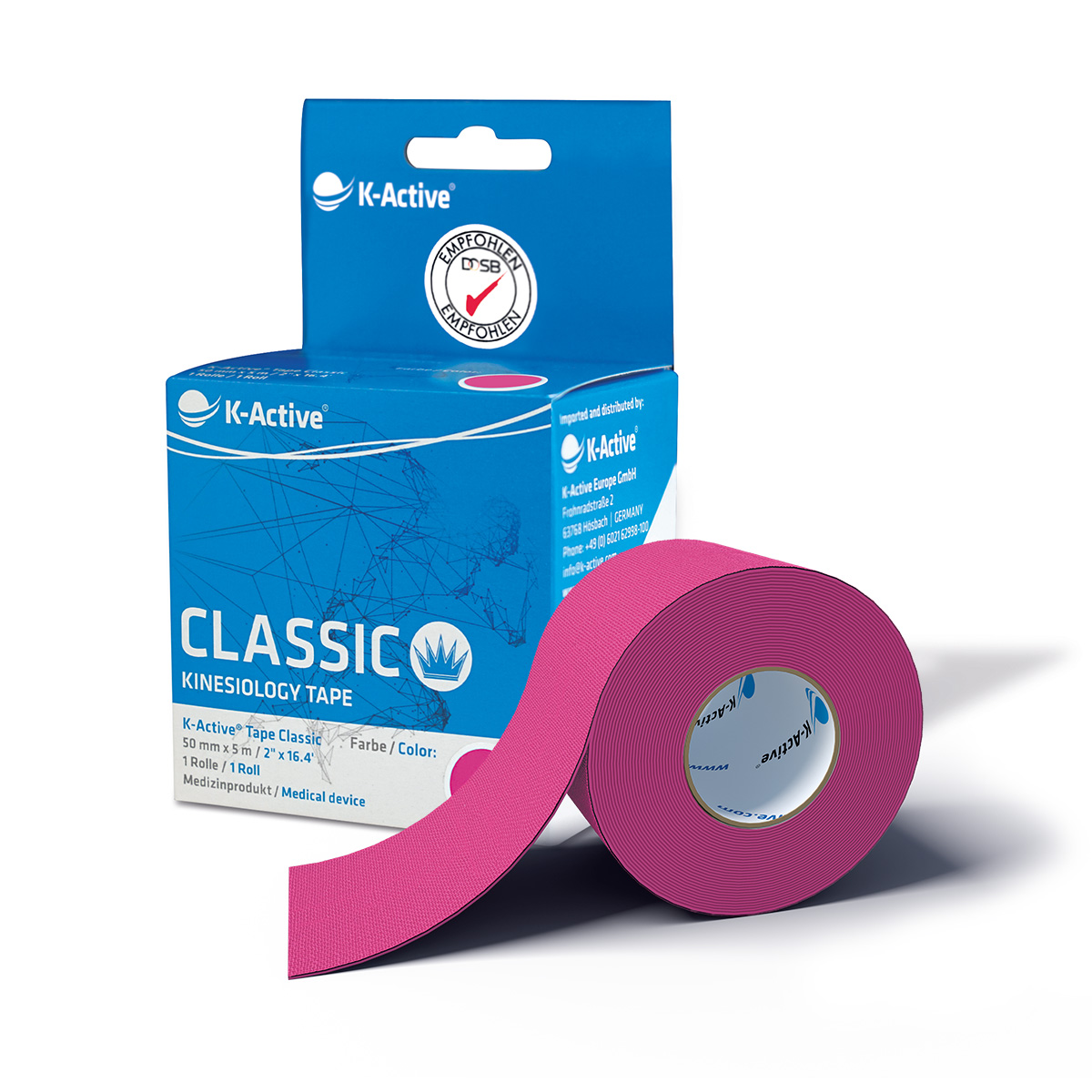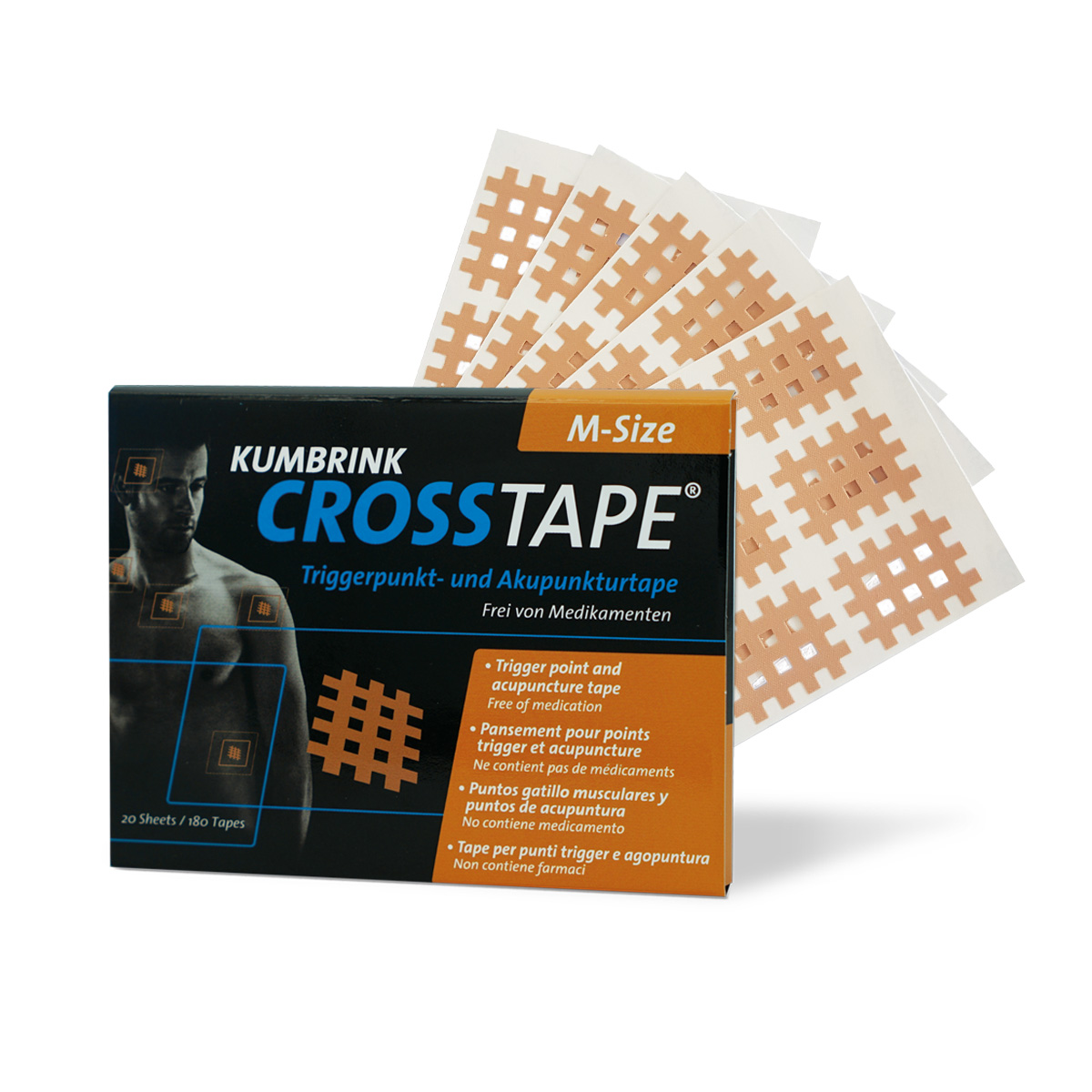21/03/2022
TAPE APPLICATIONS FOR ISG COMPLAINTS
Autor: Siegfried Breitenbach
Problems and pain in the area of the sacroiliac joint, in short “SIJ”, can have a variety of causes, which do not necessarily have to originate exactly in this region of the body. Via the ascending and descending chains, the temporomandibular joint or the foot can also be the culprit.
Many users use a kinesiological tape application to provide relief for the patient. But how do you figure out where to start therapy? And which tape application is the right one? You’ll find out all that in this post.
The patient’s case presentation
The patient indicates his back pain in the pelvic area, lateral to the spine? Often these are disorders of the sacroiliac joint, or “ISG” for short. They can be triggered by local, biomechanical overloads, but also by so-called “remote effects”. Possible remote effects originate, for example, via the descending chain from the temporomandibular joint or via the ascending chain from the longitudinal arch.
Once the therapist has determined the causes of the problem after a holistic examination, he can begin treatment. A part of the therapy chain can consist of a kinesiological tape application.
Approaches to taping therapy
The local tape applicationTwo fans crossing each other in the area of the sacroiliac joint have proven to be a standard application. However, the affected side must first be determined before the tape can be applied.
Step 1: The patient sits with feet on the floor
Step 2: The sacroiliac joint is palpated on both sides. The preliminary test is then performed.
Tape application step by step: Ilium posterior tape
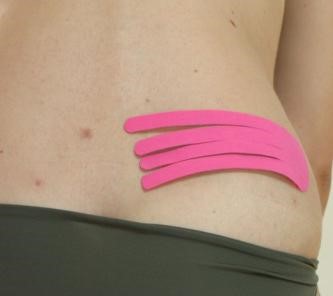
Step 1: The base of the first tape is applied to the lateral pelvis in a neutral position.
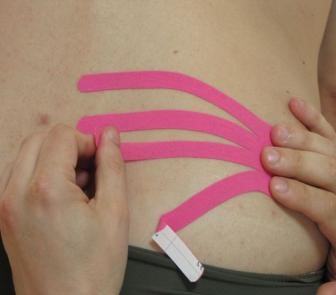
Step 2: The patient leans forward, the base is fixed in place and the fans are applied pre-stretched in the sense of a corrective technique. The ends are applied without tension.

Step 3: The second base is applied to the Christa iliaca in a neutral position and the fans are again applied as a corrective technique in a pre-stretched position.
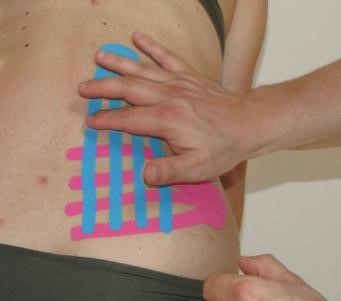
Step 4: Gently rub the tape to activate the adhesive.
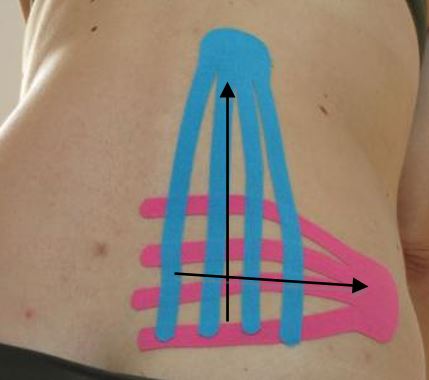
Finished application with directional arrows.
Tape application step by step: Ilium Anterior Tape

Step 1: The first tape starts with the base above the anal crease on the middle of the sacrum.
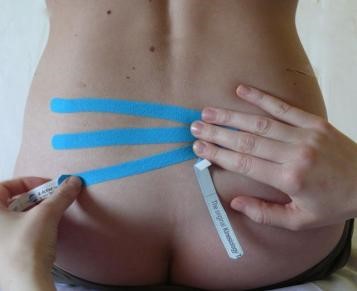
Step 2: The base is fixed and the fans are applied pre-stretched in the sense of a corrective technique. The ends are applied without tension. The ends are applied without tension.
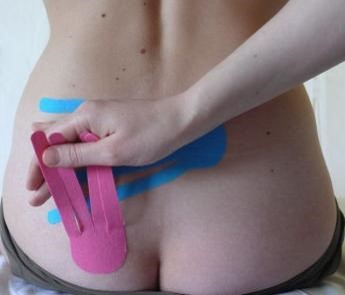
Step 3: The second tape starts with the base next to the anal crease.
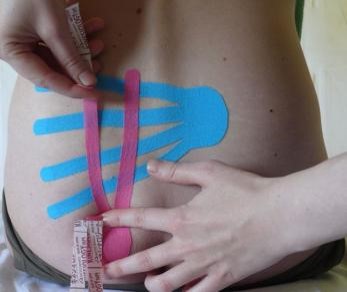
Step 4: The fans are applied again as a corrective technique.
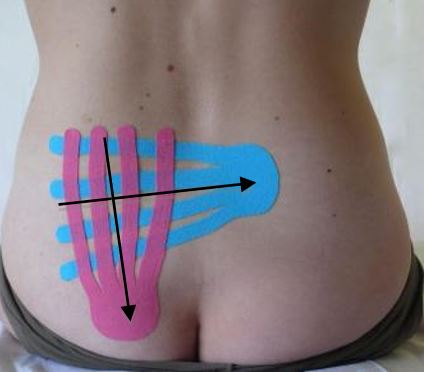
Finished application with directional arrows.
Finished application with directional arrows.
Via the descending chain, the temporomandibular joint can be the trigger for ISG problems. Depending on previous testing, the following tape applications are suitable:
Aufsteigende Kette: Der Fuß
The foot can also influence the sacroiliac joint via the ascending chain. Priority should be given to working on straightening the medial longitudinal arch to provide improvement.
Conclusion
Pain and problems of the sacroiliac joint do not necessarily originate directly from the joint. Often, remote effects can be the cause. Only if local anddistant disturbances are considered and integrated into the therapy, the body can fully correct the problems that have arisen.
You need the right tape for your application? Here you can find our Kinesio Tapes!
Used products
Other posts

In the beginning there was the big bang – science recognizes this thesis and has long been able to confirm many other facts from physics, chemistry and biology. Therefore, ...
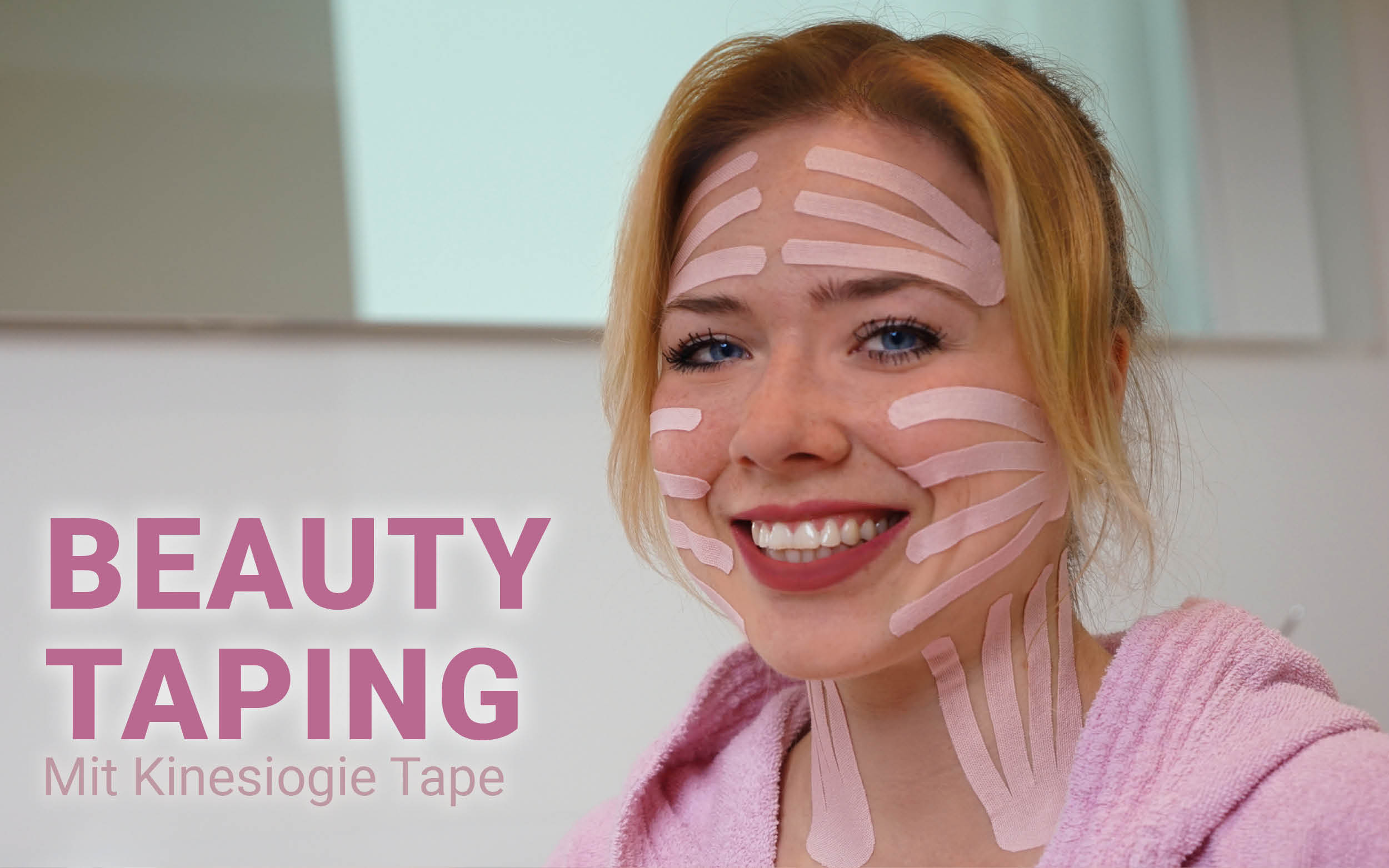
17/02/2022
BEAUTY TAPING WITH KINESIOLOGICAL TAPES
Du möchtest in kurzer Zeit sichtbar geglättete, rosige Haut und das ohne Kollagen- und Hyaluron-Spritzen? Dann greif zum Kinesiologischen Tape! Beauty-Taping gehört, vor allem in osteuropäischen Ländern, schon längst zur täglichen Routine vieler Frauen.

